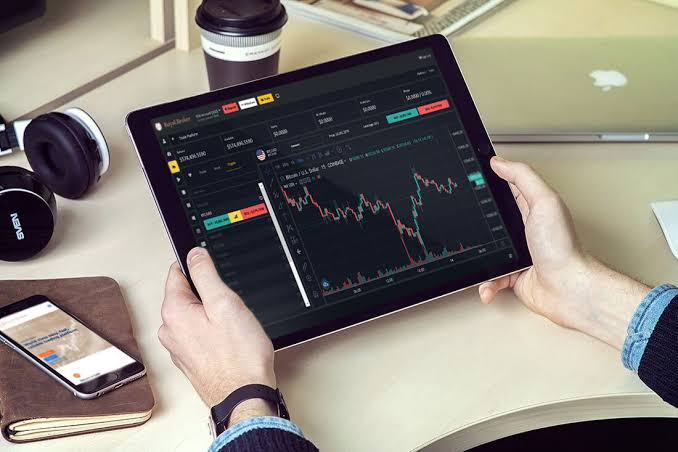CFD trading, also known as Contract for Difference, is a popular form of derivative trading that allows you to speculate on the price movements of financial markets. With CFD trading, you do not actually own the underlying asset but essentially enter into a contract with the CFD provider to pay the difference between the opening and closing price of a particular asset. This form of trading offers traders the ability to profit from both rising and falling markets. In this article, we will provide a comprehensive guide to cfd trading for beginners.
Understanding CFD Trading
To start trading CFD, you need to select a broker that offers the service. Once you have selected a broker, you can open an account and place trades using their trading platform. The platform provides you with access to different financial markets and allows you to open both buy and sell positions. The main advantage of CFD trading is that you can potentially profit from price movements in the financial markets without having to actually own the underlying asset.
Selecting a CFD Broker
When selecting a CFD broker, there are several factors to consider, including regulation, fees, trading platform, and customer service. It is critical to choose a regulated broker, as this ensures that your funds are kept in segregated accounts and that the broker adheres to certain rules and guidelines. Additionally, you should look for a broker that offers a user-friendly trading platform, competitive fees, and responsive customer service.
Risk Management
CFD trading can be a risky endeavor, as you are speculating on the price movements of the markets, which can be volatile. To minimize your risk, you need to have a solid risk management strategy that includes monitoring your trades, setting stop-loss limits, and having a proper leverage strategy in place. Risk management is a crucial aspect of CFD trading and can be the difference between a successful trade and a significant loss.
Trading Strategies
There are several popular trading strategies used by CFD traders, including trend following, scalping, and hedging. Trend following is a strategy that involves analyzing the price movements of a particular asset and entering trades based on the direction of the trend. Scalping involves making multiple trades in quick succession to profit from small price movements, while hedging involves opening opposite positions to minimize risk.
Conclusion
CFD trading is a fascinating yet complex form of trading that offers traders the ability to profit from both rising and falling markets. As a beginner, it is essential to have a solid understanding of the market, the trading platform, and the risk management strategies. Additionally, it is critical to choose a reputable and regulated CFD broker that offers competitive fees, a user-friendly trading platform, and responsive customer service. With the right tools and knowledge, CFD trading can be a lucrative opportunity for traders looking to diversify their portfolio.
